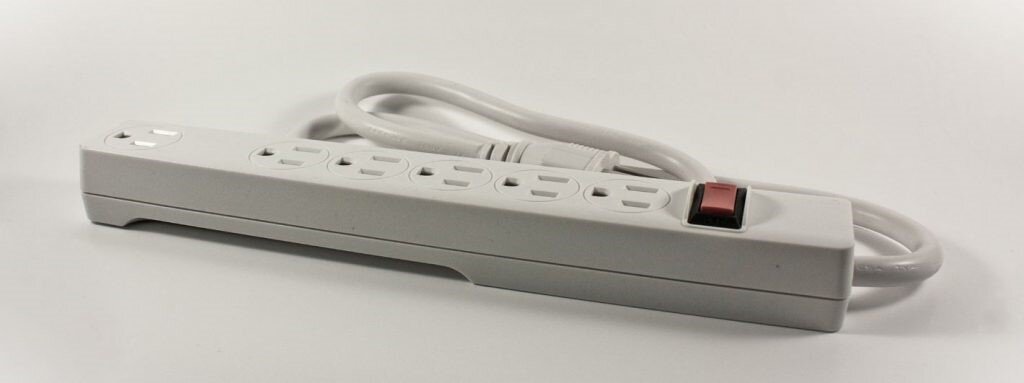
Confused about CMS requirements for “power strips,” some of which are technically referred to as RPTs (relocatable power taps)? You’re not alone! Requirements from CMS (Centers for Medical and Medicaid Services) are not easy to turn into a coherent policy. Accrediting organizations, like The Joint Commission, don’t help much.
For the November 2017 issue of AAMI News, I wrote a one-page article in an attempt to clear things up. It includes a policy template and suggests some ideas for writing your own policy. Here are the key points:
Define your terms. The policy should include the NFPA 99 (2012) definition for Patient Care Room, Patient Care Vicinity, and Patient-care-related Electrical Equipment. It should also include the CMS definitions of Relocatable Power Tap (a power strip labeled as compliant with UL 1363) and Special Purpose Relocatable Power Tap (a power strip labeled as compliant with UL 1363A OR UL 60601-1).
Power strips for use in the Patient Care Vicinity. These must be SPRPTs as defined above. They may not be used to power non-patient-care-related electrical equipment. They must be permanently attached to a rack-, table-, pedestal-, or cart-mounted assembly of patient-care-related electrical equipment.
Power strips used in Patient Care Rooms outside of the Patient Care Vicinity. These must be RPTs as defined above.
Inspection of SPRPTs used in the Patient Care Vicinity. There are some requirements regarding ampacity (see the AAMI News article for details) that should be pretty easy to meet if you’re using genuine SPRPTs. You no longer need to block off unused receptacles on the SPRPT. The “electrical and mechanical integrity of the assembly must be regularly verified and documented through an ongoing maintenance program.” To me, that means visual inspection with simple CMMS documentation.
Power strips used outside of Patient Care Rooms. CMS and the Joint Commission are silent on this topic. Use good quality power strips that are appropriate for each location and take damaged power strips out of service when they are found during environmental tours (hazard surveillance rounds).
There are many credible reports of CMS and Joint Commission surveyors who don’t understand the “power strip” rules. Make sure you know the rules in case you need to some surveyor education.
